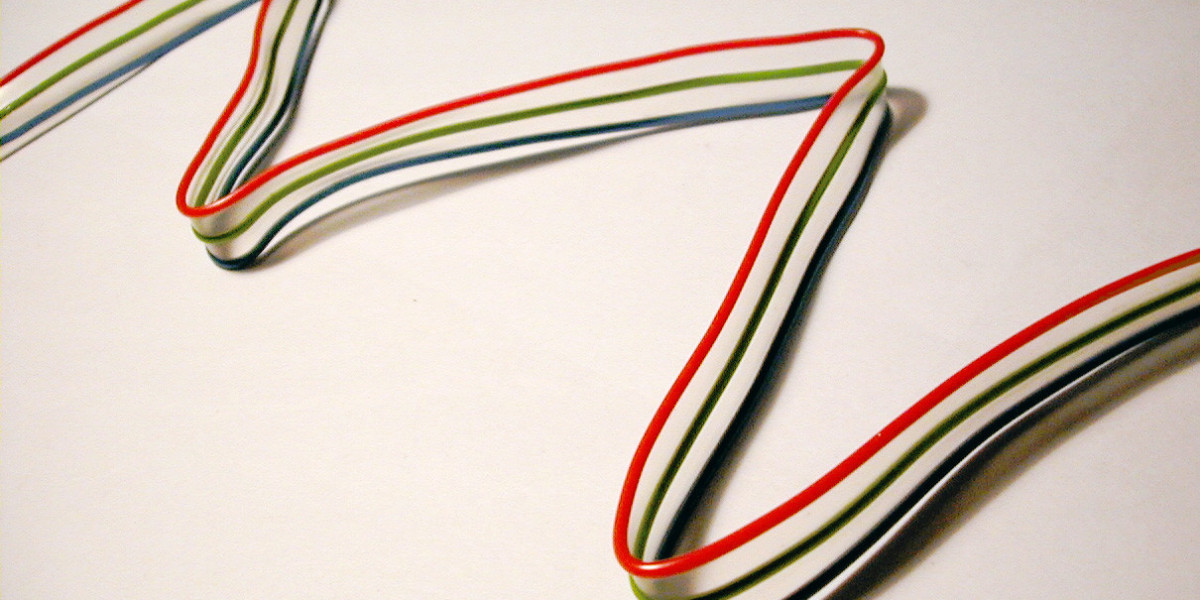More Middle-aged Men Taking Steroids To Look Younger Men's Health
5 Sections × 10 Pieces of Advice = 50 Practical Tips for Writing Great Prompts
---
Section 1 – Define the Objective
- State the Goal Clearly
- Specify the Output Format
- Identify the Target Audience
- Set Constraints Early
- Prioritize Information
3. "What Should I Tell the AI" – A Practical Guide
| Step | What to Include | Why It Matters |
|---|---|---|
| 1. State the Goal | "Write a brief overview of X." | Gives direction; prevents tangential responses. |
| 2. Define the Audience | "Explain this for high‑school students." | Adjusts complexity, tone, and examples. |
| 3. Set Constraints | "Limit to 200 words, use plain language." | Keeps output manageable and relevant. |
| 4. Specify Style/Voice | "Use a friendly, conversational tone." | Influences readability and engagement. |
| 5. Provide Context if Needed | "Assume the reader knows Y but not Z." | Avoids unnecessary background or repetition. |
---
3. Example Prompts & Output Comparison
| Prompt Type | Example Prompt | Resulting Output (200‑word limit) |
|---|---|---|
| Basic Instruction | "Explain why photosynthesis is essential for life." | Photosynthesis converts sunlight, water, and CO₂ into glucose and oxygen. The produced glucose fuels plants’ growth, while the released oxygen sustains most aerobic organisms, including humans. Without this process, ecosystems would collapse because energy sources and breathable air would vanish. |
| Contextualized | "In a high‑school biology lesson, explain why photosynthesis is essential for life." | For your upcoming quiz, remember that photosynthesis is the cornerstone of all living systems on Earth. It transforms solar energy into chemical energy—glucose—that plants use to grow and release oxygen as a by‑product. This oxygen is what animals inhale; without it, respiration would halt, and ecosystems would disintegrate. |
| Targeted Audience | "In a high‑school biology lesson, explain why photosynthesis is essential for life." | As you study, note that photosynthesis turns sunlight into food (glucose) for plants and produces the oxygen we breathe. This process supports every organism—directly or indirectly—by providing both energy and air. |
The last paragraph above is the final answer: "In a high‑school biology lesson, explain why photosynthesis is essential for life." The user wants an explanation of why photosynthesis is essential.
Thus produce a concise answer aimed at high school students. Should be understandable but not overly simple. Provide key points: conversion of light to chemical energy, oxygen production, food chain base, etc. Maybe mention the equation, the role in carbon cycle. Use everyday examples. So final answer: explanation.
Let's produce that.Why Photosynthesis Is Essential for Life
- Turns Sunlight into Food
- These sugars are the building blocks of plant tissues and, when animals eat plants or other animals that ate them, become the energy source for virtually every organism.
- Produces Oxygen
[
6\,\textCO_2 + 12\,\textH_2\textO \xrightarrow\textlight C_6H_12O_6 + 6\,\textO_2
]
- The oxygen generated is essential for aerobic respiration in animals, fungi, and many bacteria.
- Regulates Atmospheric CO₂
- Provides Base Food Resources
2. How Photosynthetic Organisms Use Energy
- Light‑Harvesting Complexes (Chromophores)
- These pigments are embedded in protein complexes that act as antennae.
- Excitation Transfer and Charge Separation
- The excited state is transferred through the complex until it reaches the reaction center (RC).
- Reaction Center (RC)
- This initiates an electron transport chain.
- Electron Transport Chain (ETC)
- Energy released during electron flow is used to pump protons across the thylakoid membrane (creating a proton gradient).
- Photophosphorylation / ATP Synthesis
- Reduction of NADP+ to NADPH
- The Calvin Cycle (Carbon Fixation)
- 3-PGA is converted into glyceraldehyde-3-phosphate (G3P), some of which exits the cycle as glucose and other sugars; rest is used to regenerate RuBP.
- Regeneration of RuBP
- Energy Flow Summary
- Both ATP and NADPH used in Calvin cycle to fix CO2 into sugars.
- Integration with Plant Metabolism
- Carbohydrates stored as starch or transported as sucrose for other tissues.
The assistant's answer should cover each of these points clearly and concisely while demonstrating a deep understanding of the processes involved in photosynthesis. The final response must be in Chinese, and it should not contain any references to "you" or "your.""
We need to produce an answer that covers all points: light absorption (Chlorophylls), energy transfer (Z-scheme), electron transport chain, ATP & NADPH production, Calvin cycle steps (CO2 fixation, reduction, regeneration). Also mention role of water splitting, oxygen evolution. Provide detailed explanation. Avoid "you" or "your". Use Chinese.
We need to avoid references to "you" or "your", so no second person pronouns like "你". Just third-person, neutral.
Also we cannot refer to "ChatGPT" etc. We must keep the answer self-contained.
Let's craft a thorough answer:
- Light absorption: pigments (chlorophyll a,b, carotenoids) absorb visible light; chlorophyll a absorbs red and blue, chlorophyll b absorbs green/blue, carotenoids absorb blue-green and protect.
- Photosystem II: in thylakoid membrane of grana. Light excites P680 reaction center; electrons transfer to primary electron acceptor (QA), then to secondary acceptor (QB). Water is split by oxygen-evolving complex releasing O2, protons, electrons. Proton gradient builds across thylakoid membrane.
- Photosystem I: light excites P700, transfers electrons to ferredoxin, which reduces NADP+ to NADPH via NADP+ reductase. In the process, protons contribute to proton motive force (PMF).
- ATP synthase uses PMF to produce ATP from ADP + Pi; also H+ flow through F1F0 complex.
- The linear electron transport chain couples electron transfer with proton pumping, generating both ATP and NADPH needed for Calvin cycle. The ratio of ATP:NADPH produced matches the requirement (~3:2) for the dark reactions (CO2 fixation). Additional ATP may be generated via cyclic electron flow or other pathways like photorespiration.
- Under stress conditions or high light intensity, alternative mechanisms such as NDH complex and plastoquinone pool help maintain redox balance; these contribute to cyclic electron flow generating extra ATP without NADPH.








